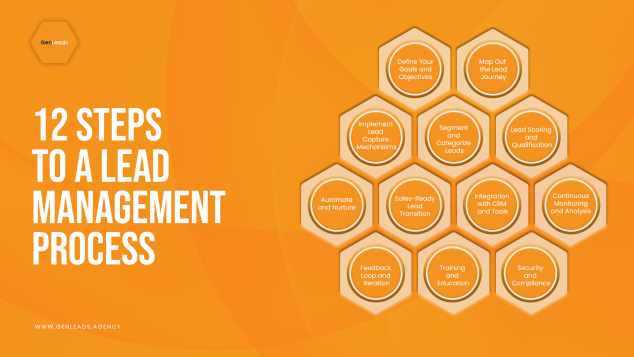
Retaining customers in today’s competitive business landscape is essential to its success, yet many organizations experience difficulty turning leads into loyal customers.
Lack of time, organization, and skills associated with lead management often results in ineffective lead management practices being implemented by companies. Establishing an efficient lead management process can make an enormous difference in results.
Various lead management solutions are available, from using software or consulting firms, to outsourcing to lead management agencies or outsourcing the task altogether.
In this blog post, we’ll look at five essential steps of lead management that can help increase conversion rates, find loyal customers and ultimately boost revenue.
Why lead management is important
Lead management is pivotal as it ensures systematic tracking, evaluation, and nurturing of potential customers. It prevents missed opportunities and wastage of resources. Businesses operate more efficiently by automating lead capture and qualification, granting sales teams time to foster relationships. This proactive approach enhances sales outcomes, driving revenue growth and sustainable customer acquisition.
|
Transform Prospects into Profits. Discover How Our Lead Generation Agency’s Expertise Boosts Your Business. |
What is the lead management process?
The lead management process encompasses the systematic journey of converting potential customers into loyal clients. Unlike in the past, where a single call or interaction might seal the deal, today’s process involves multiple touchpoints through various marketing channels.
What are the six major stages of lead management?
Lead Capture:
In this initial stage, potential leads are identified and collected through various sources such as forms, website visits, or events.
Lead Tracking:
Once captured, leads’ interactions and behaviours are tracked across different channels to gain insights into their preferences and engagement level.
Lead Qualification:
This stage involves assessing the quality and suitability of leads based on predefined criteria, determining which ones are most likely to convert into customers.
Lead Distribution:
Qualified leads are distributed among sales or marketing teams according to specific criteria, ensuring the right team handles each lead.
Lead Nurturing:
Leads not yet ready to convert are nurtured through ongoing engagement strategies, providing relevant information and building trust until they’re prepared to purchase.
Conversion:
The final stage involves turning qualified and nurtured leads into paying customers through effective sales strategies.
Read Also: Lead Generation Sales Funnel: A Guide for Startup Companies in Australia
How to create a lead management system
A well-designed lead management system is the backbone of a successful sales operation. It streamlines capturing, nurturing, and converting leads into loyal customers.
Here’s a systematic guide to creating an effective lead management system:
Setp – 1 : Define Your Goals and Objectives
Clarify your business goals, target audience, and desired outcomes. Establish key performance indicators (KPIs) to measure the success of your lead management system.
Setp – 2 :Map Out the Lead Journey
Understand your customer journey from initial awareness to final purchase. Identify touchpoints where leads interact with your business. This will help you design a coherent and personalized lead management process.
Setp – 3: Implement Lead Capture Mechanisms
Employ various methods (website forms, landing pages, social media campaigns, etc.) to capture lead information. Integrate these mechanisms with Customer Relationship Management (CRM) software for efficient data organization.
Setp – 4: Segment and Categorize Leads
Categorize leads based on demographics, behaviour, interests, and engagement level. This segmentation enables tailored communication and engagement strategies.
Setp – 5: Lead Scoring and Qualification
Develop a lead scoring system that assigns points to leads based on their characteristics and interactions with your business. Prioritize higher-scoring leads for personalized follow-ups.
Setp – 6: Automate and Nurture
Implement an automated lead nurturing workflow. Use email marketing, targeted content, and drip campaigns to keep leads engaged and educated over time. Gradually moving leads through the sales funnel.
Setp – 7: Sales-Ready Lead Transition
Establish criteria that signify when a lead is sales-ready. This could include specific behaviours, engagement levels, or a combination of factors. Ensure a smooth handoff from the marketing team to the sales team.
Setp – 8: Integration with CRM and Tools
Utilize a robust CRM system to centralize lead data, interactions, and communication history. Integrate other tools like marketing automation, analytics, and communication platforms for a seamless workflow.
Setp – 9: Continuous Monitoring and Analysis
Regularly review KPIs and analytics to assess the effectiveness of your lead management system. Adjust strategies based on data-driven insights to optimize lead conversion rates.
Setp – 10: Feedback Loop and Iteration
Foster communication between your marketing and sales teams. Collect feedback from the sales team about lead quality and conversion rates. Use this feedback to refine and improve your lead management processes iteratively.
Setp – 11: Training and Education
Train your teams on the lead management system’s processes, tools, and best practices. Ensure everyone is aligned and understands their roles in the lead journey.
Setp – 12: Security and Compliance
Ensure your lead management system complies with data protection regulations (e.g., GDPR, CCPA). Safeguard sensitive lead information through secure practices and technologies.
Read Also: How Lead Generation Benefits Small Businesses in 2023
Conclusion
Implementing a lead management process is key to the expansion and success of any business. These 12 steps will ensure your leads are properly nurtured and eventually converted into loyal customers.
Our systematic approach, from collecting leads through various channels to qualifying and prioritizing them, provides a strong basis for managing leads. If you’re looking to automate and streamline your lead management systems and processes, we are here to help.
Call or complete our contact form now, and our team will assist in implementing an efficient and effective lead management solution tailored to the needs of your business. Don’t miss this chance to maximize lead conversion and drive business growth!
FAQs
How do I measure the effectiveness of my lead management process?
Track key performance indicators (KPIs) such as conversion rates, lead progression through the funnel, and the time it takes to convert leads. Regularly analyze these metrics to identify areas for improvement.
Can I adjust my lead management process over time?
Absolutely. Your lead management process should be dynamic and adaptable. Use data insights and feedback from your sales and marketing teams to refine and optimize your strategies.
How can I ensure data security and compliance in lead management?
Implement data security measures to protect lead information and ensure compliance with relevant data protection regulations, such as GDPR or CCPA.
What's the role of continuous improvement in lead management?
Continuous improvement involves regularly analyzing your lead management process and making adjustments based on insights and feedback. It ensures that your process remains effective and aligned with changing market dynamics and customer preferences.






